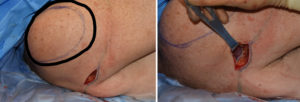Background: The deltoid muscle is the large muscle that forms the rounded contour of the shoulder. It essentially joins the upper extremity with the back and chest. While often perceived as just one large muscle, it really consists of three distinct muscle heads making up the front (anterior), middle (central) and back (posterior) regions of the muscle.
Several major body muscle areas, such as the pectoral, gluteal and gastrocnemius, can be augmented with implants to enhance their appearance. The shoulder or deltoid muscles are no exception. Men with more narrow shoulders may appear less muscular due to a smaller deltoid muscle. For the male who does regular but not vigorous exercise or weightlifting, it can be hard to effectively increase the muscle’s size or to maintain it even if it can be adequately increased. Other man just have naturally smaller body builds with rounded and ill-defined shoulders.
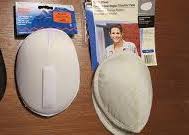
Case Study: This older male presented for deltoid implants after having worn performed shoulder pads for years. He finally tired of having to wear the inserts even though they were relatively inexpensive and easy to use. Over the years he had acquired a closet full of these preformed shoulder pads.
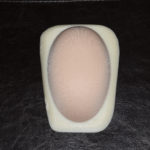
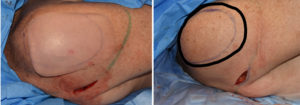
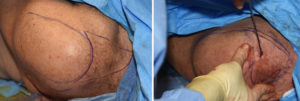
Deltoid implants increase the lateral projection of the shoulders for an increased muscle size appearance. Greater squareness of the shoulders can also be achieved by additional fat grafting on the very top of the shoulders to create more of a horizontal augmentation to complement the more vertical effect of the implants.
Highlights:
1) Deltoids or shoulder widening implants are made custom for each patient as there are no such standard implants.
2) Shoulder implants are placed in a subfascial location from a posterior incisional approach.
3) Pocket dissection for the implant requires special instrumentation give the distance between the incision and the more interior curved pocket.
Dr. Barry Eppley
Indianapolis, Indiana





